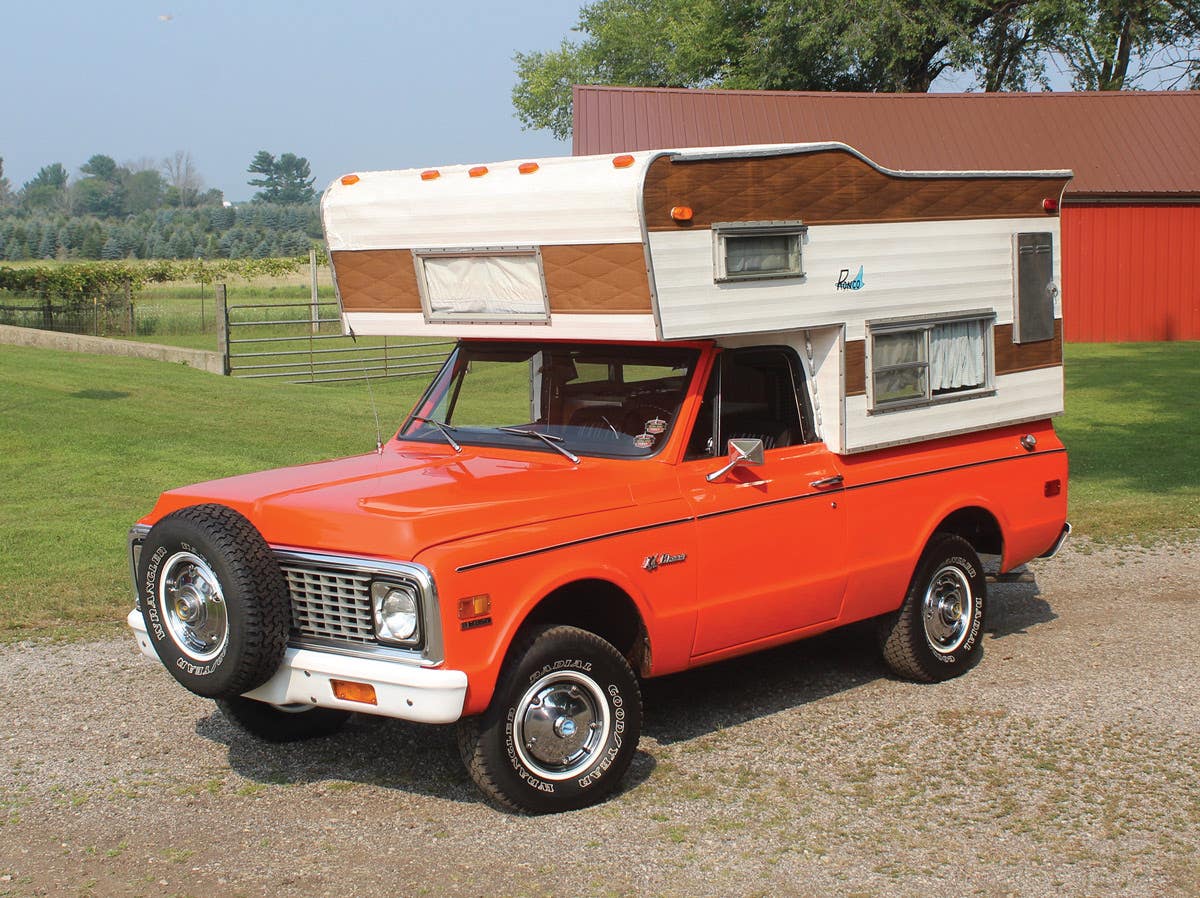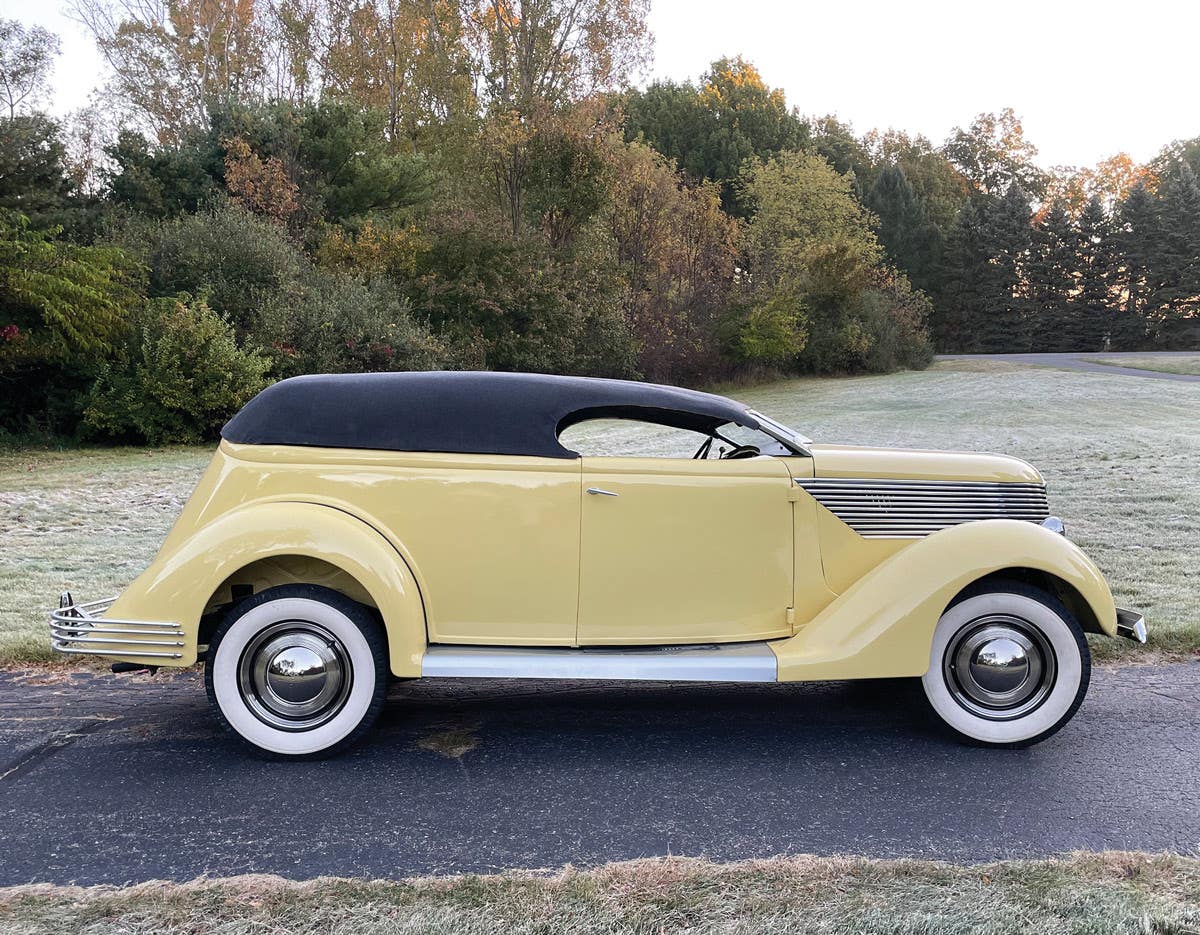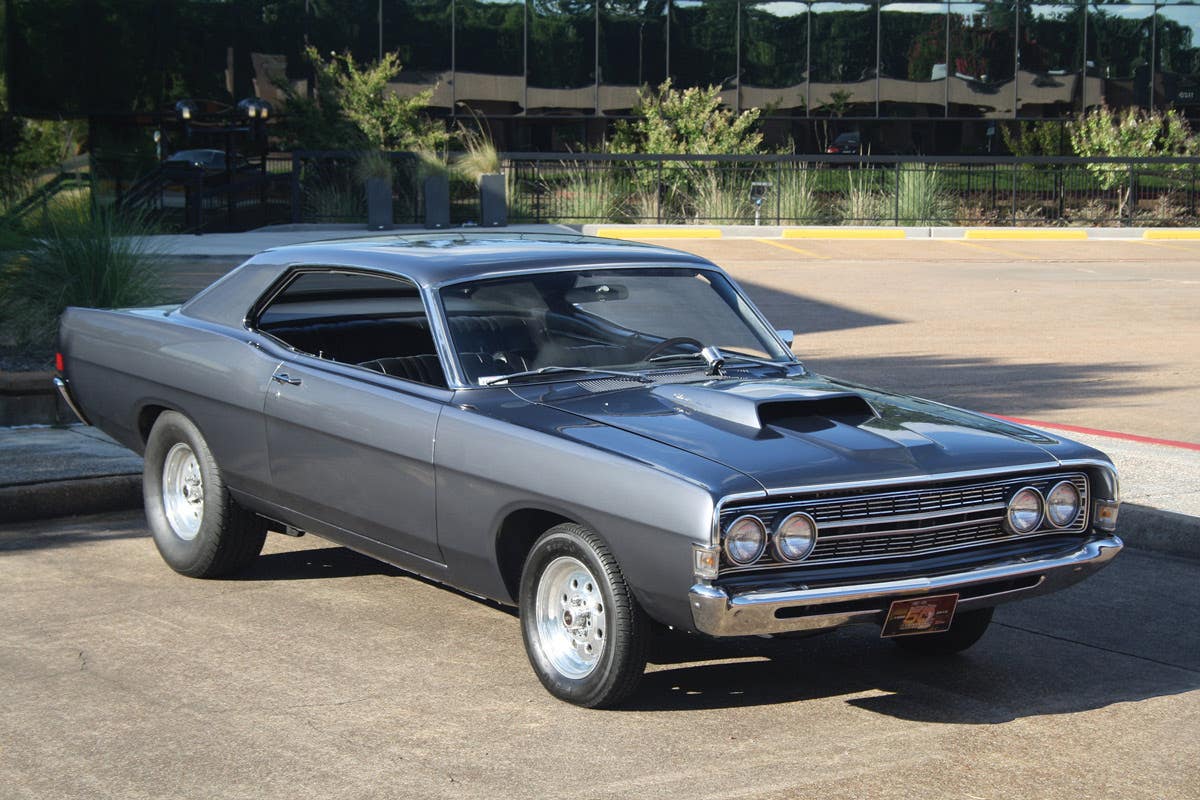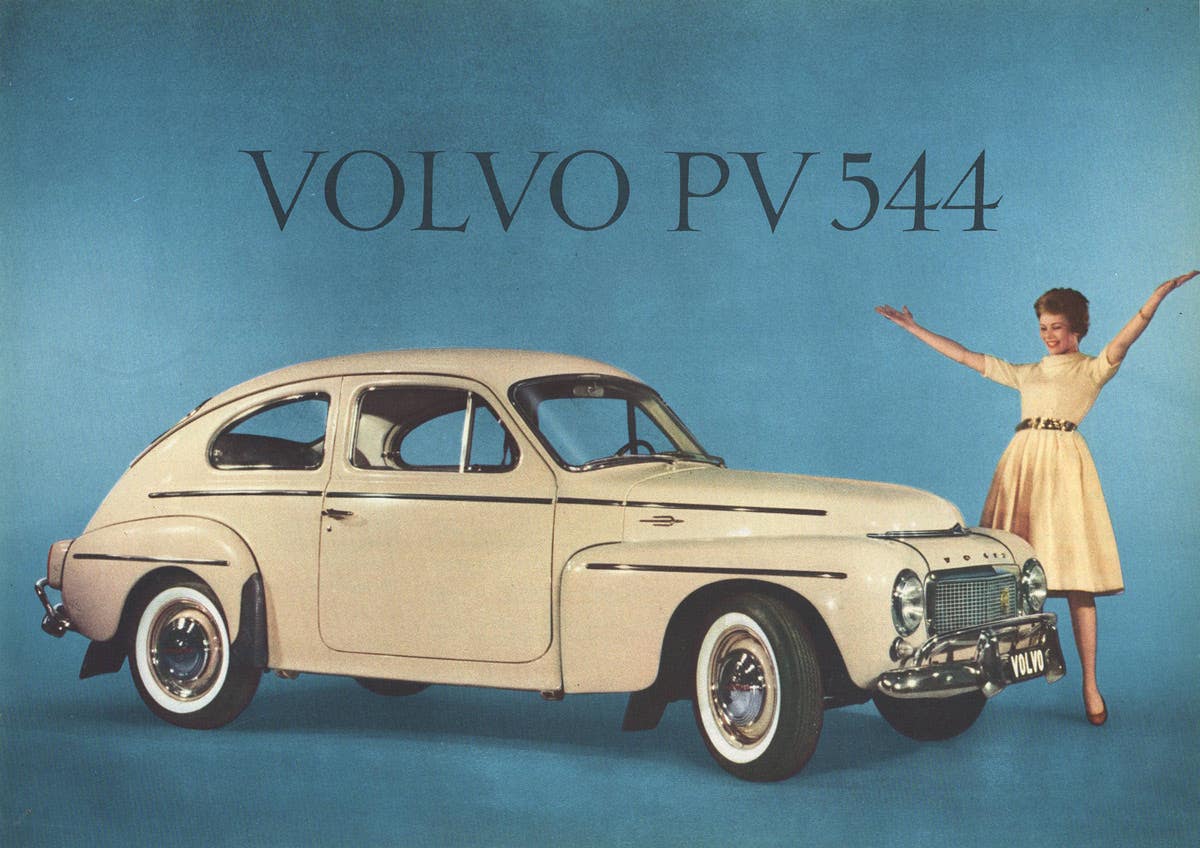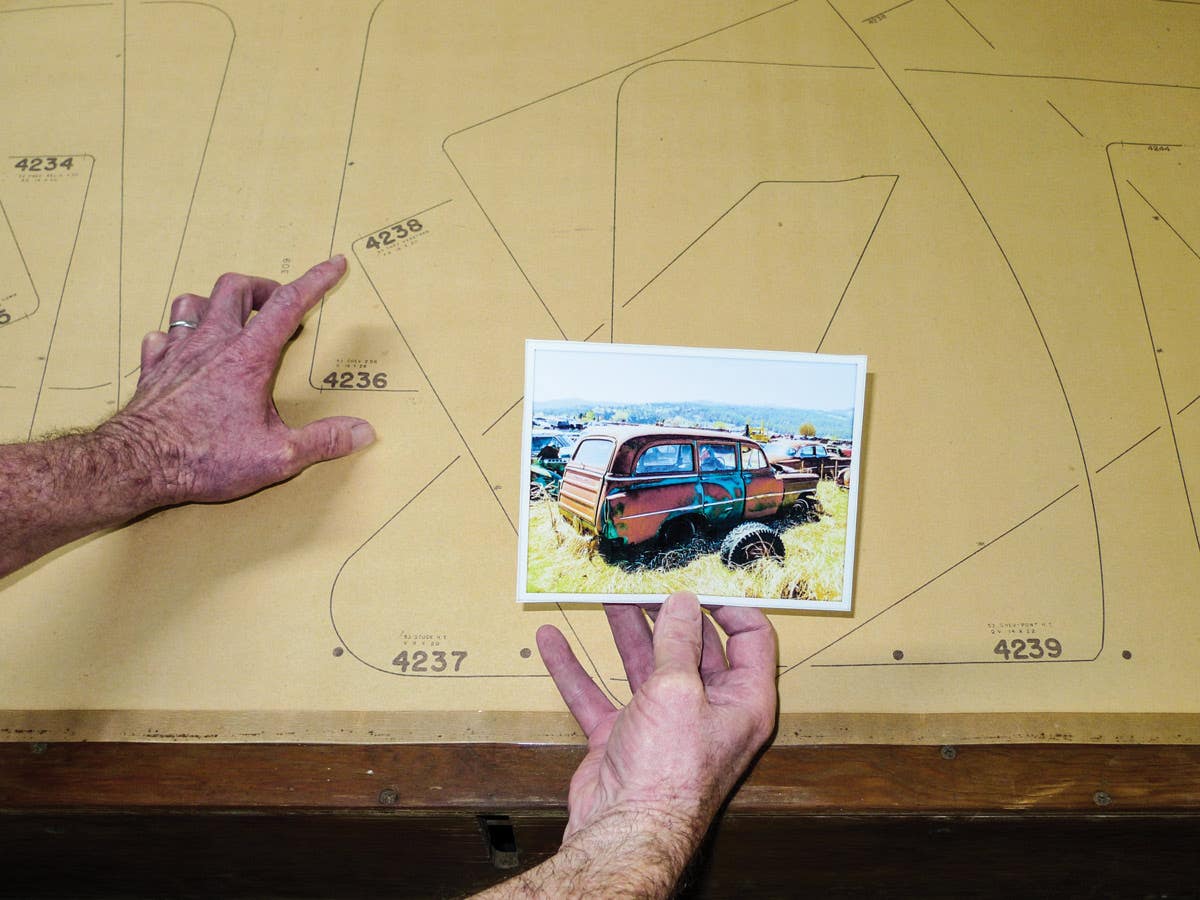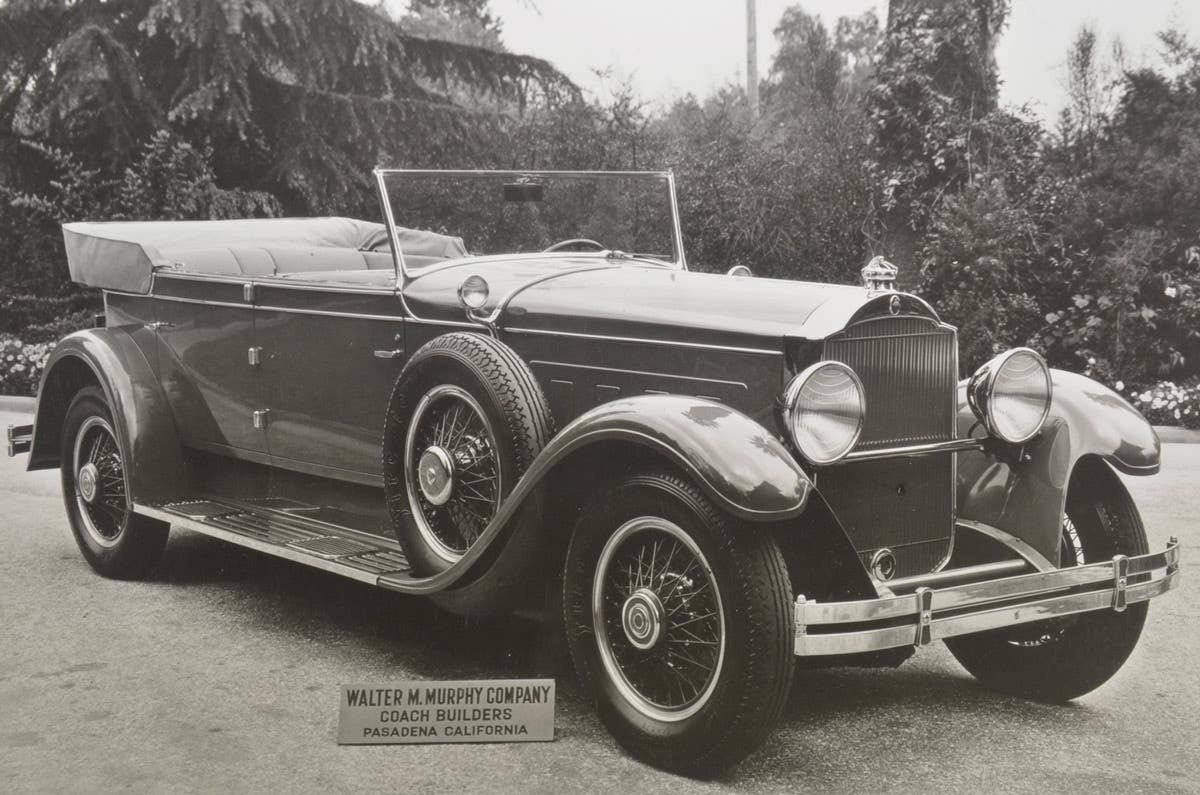Q&A with Kit Foster: January 12, 2012
Q. Can you please tell me how “numbers matching” cars are documented? I’ve had a dozen or so theories on the matter. The car in question is a 1964 Pontiac…
Q. Can you please tell me how “numbers matching” cars are documented? I’ve had a dozen or so theories on the matter. The car in question is a 1964 Pontiac Catalina, two-door hardtop with a factory tach, four-speed manual and a 389 engine. Is there a number stamped (not cast) on the four-speed that matches the engine number that somehow matches the VIN or part of the VIN? Also, did Pontiac make a race-type, limited-production Catalina as the one I described above? If so, how many were produced?
Jerry Walstad, Toledo, Wash.
A. I’ve come across the partial-VIN question before, particularly involving Chevrolets. I wasn’t sure about Pontiac, so I asked Don Keefe, editor of Smoke Signals for the Pontiac Oakland Club International, if your transmission should have a partial VIN. He replied as follows: “It’s not quite that simple. Depending on model year and/or assembly plant, the VIN could be stamped, partial VIN or an engine sequence number, which is not directly tied to the car, but can sometimes be denoted on a build sheet or shipping manifest. Sometimes, there is nothing beyond the engine ID code. I’ve seen them every way possible.
“For the 1964 model year, I have seen both partial VINs and engine sequence numbers. A lot of people will mistakenly think an engine is not original because they thought the engine sequence number was the last six of the VIN from another car. This was not always the case. It is not uncommon for PHS documentation to list the correct engine sequence number, which can authenticate the engine as original.”
“PHS” is PHS Automotive Services, Inc., the successor to Pontiac Historic Services that was formerly run by General Motors. PHS (www.phs-online.com) offers dealer order forms and factory billing histories for Pontiac cars. They claim to provide “the most complete historical background and VIN information ever offered by any automobile nameplate.” In addition to the car-specific items their information packets include a lot of general year and model data, such as production figures for engine-transmission combinations. They can probably tell your how many cars were built with your engine and transmission. You can order the information with an online form or by writing to PHS Automotive Services, P.O. Box 183251, Shelby Township, Mich. 48318. The current cost is $65 ($75 for non-U.S. orders).
Matching numbers can mean different things, depending on the manufacturer’s system of numbering. Basically, it means that a car is proved to have its original components through decoding of the numbers found on them. In some cases, “matching” does not mean that the parts are stamped with the car’s VIN or parts of it. British cars, for example, many of which can be authenticated by surviving company records (some of them held by historic trusts) have engine, transmission and axle numbers that bear no relation to the VIN except for being on the same car and documented as such at the time of assembly.
To paraphrase Don Keefe, it depends. It depends on the manufacturer and sometimes the assembly plant. As I noted in this column not long ago, I have seen early Ford V-8 VINs stamped in different ways and in different places, even in the same year. After all, the automaker is only keeping track of this information for warranty and quality control purposes, not for the benefit of enthusiasts 50 or more years in the future.
-------------------------------------------------------------
Q. I am converting my 1956 Chevy over to power steering. I have researched and found instructions to convert a GM 605 power steering box, but I can’t find any for the Delphi 600 box. I have found Delphi 600 kits on the internet, but they are spendy, and also I want to convert my own. I think it would be a fun challenge. I also found a Q/A service on the internet, but they couldn’t help me without an interchange manual. So far it looks like the Delphi 600 was used in the 1998 Jeep Grand Cherokee and late 1980s Chevy vans. I have heard that the Delphi 600 makes a better conversion.
Roger Lang, Snohomish, Wash.
A. I don’t have any direct experience in this area. Like you, I have seen references to the Delphi 600 used in 1998 Grand Cherokees. Yes, the conversion kits are relatively expensive, but at less than $500 for a remanufactured box, or slightly over $700 for the complete kit, I don’t think they’re outrageous. Don’t forget that you’re getting a new box (and ancillaries like rag joints), not worn units taken from a cadaver that’s seen many, many miles before heading for the graveyard. A caveat is that the kit I’m looking at doesn’t work with a manual shift column. It also requires an alternator mounted in a different location from the original generator. Depending on the application of a used box you’re using, you may have to adjust the stops. Folks who’ve actually done this, either with a kit or by building their own, are welcome to chime in.
To submit questions to this column: E-mail angelo.vanbogart@fwmedia.com or mail to: Q&A, c/o Angelo Van Bogart, 700 E. State St., Iola, WI 54990-0001.
Got Old Cars?
If you don't subscribe to Old Cars Weekly magazine, you're missing out on the only weekly magazine in the car hobby. And we'll deliver 54 issues a year right to your mailbox every week for less than the price of a oil change! Click here to see what you're missing with Old Cars Weekly!
More Resources for Car Collectors:
- Classic car price guides, research, books, back issues of Old Cars Weekly & more
- Get expert restoration advice for your classic car
- Get car pricing, data and history all in one place
- Sign up for Old Cars Weekly's FREE email newsletter
- Need to buy or sell your classic car? Looking for parts or memorabilia? Search our huge online classified marketplace



